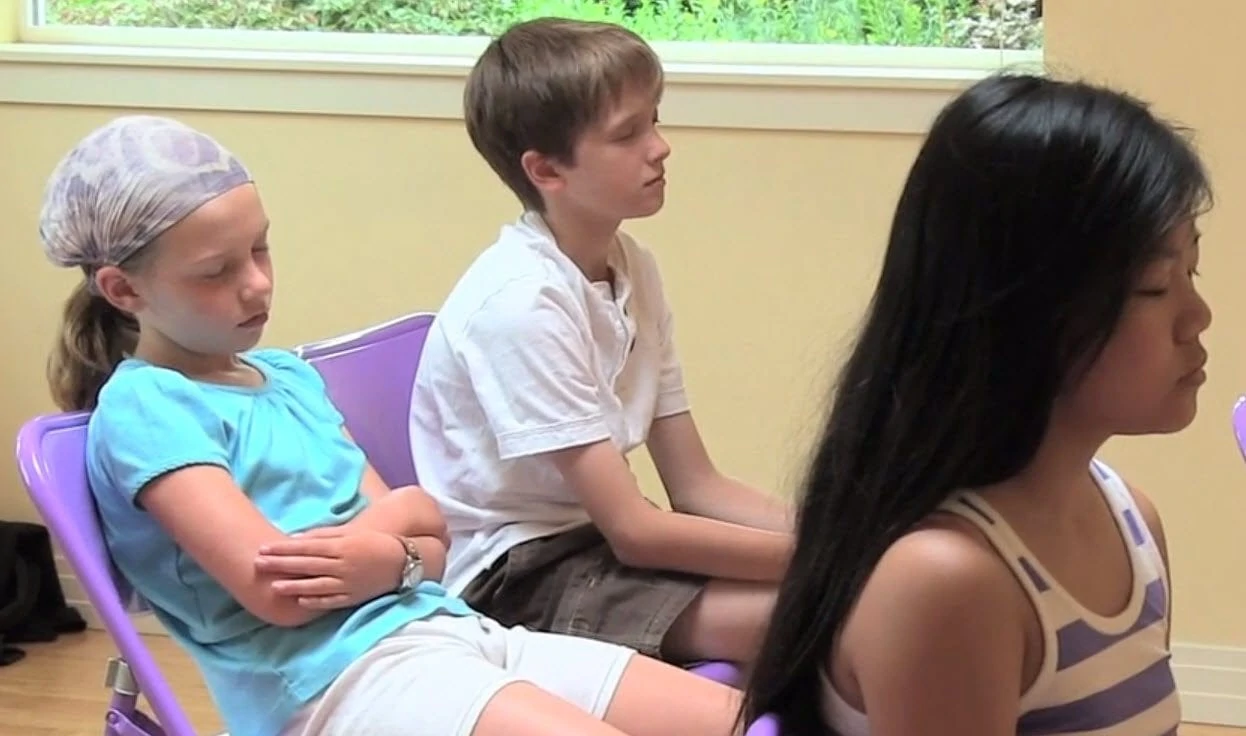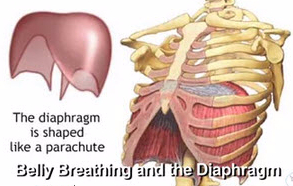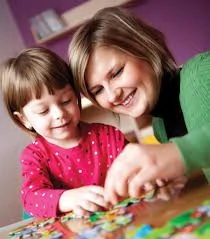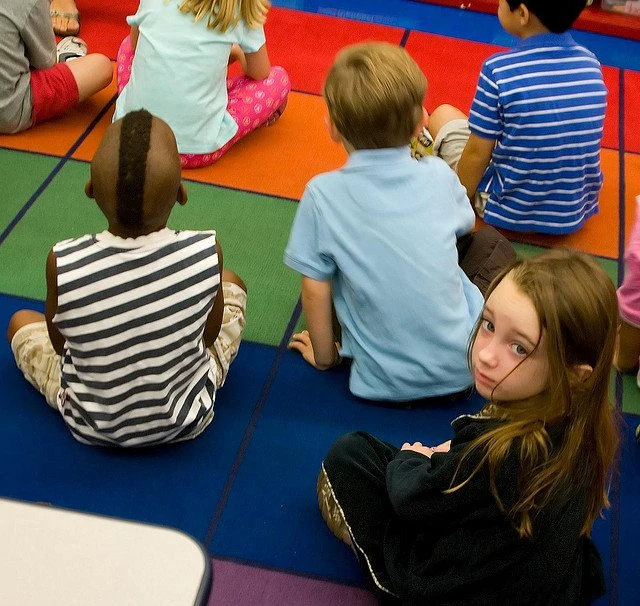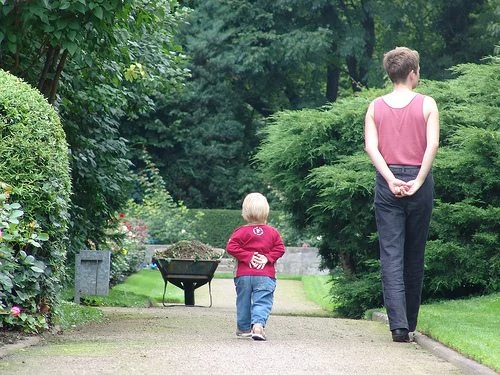Transitions are an important time. Starting the school day, shifting from work mode to having a family meal, preparing for sleep are all key times to shift our attention.
They are also the perfect opportunity to develop your mindfulness practice.
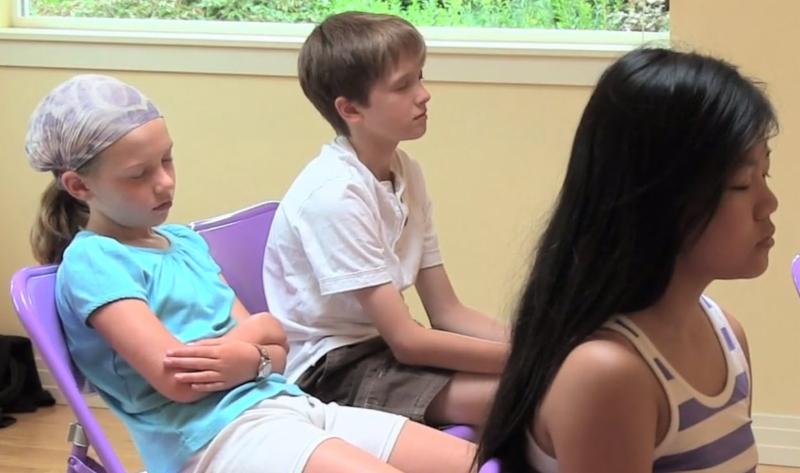
But what is “mindfulness,” what are the benefits of mindfulness practices and how does one add one more thing to do in our busy lives?
While there are many definitions of mindfulness, the one we use most often in our Yoga Calm classes with children and adolescents is:
Mindfulness is paying attention to your life, right here and now, and with curiosity and kindness.
Paying Attention to Attention
We all know the importance of paying attention, yet as parents and teachers we often ask our youth to “pay attention,” but we rarely ever really teach them how or practice with them.
Compounding our challenge in teaching attention skills are the stresses caused by today’s fast-paced, media-saturated, multitasking culture. And for many children poverty and chaotic home environments amplify the strains of daily life.
All of these stressors pull us away from present-moment awareness, from being aware of what we are feeling, and from simple “idle time” where we can reflect on what we are experiencing and “digest” what we are learning.
In the following video, Dr. Sosne, who teaches our October 31 ADHD: the Mind/Body Connection course, gives tips on how to counter these factors that are corrosive to attention.
“Habit is one of the best antidotes to inattention,” says Dr. Sosne in this clip. So how do we develop mindfulness skills and support the habit of mindfulness in our busy lives?
Take Three Breaths
Breath awareness is the common denominator in virtually all mindfulness/yoga practices. And while there are many formal and informal ways to practice mindful breathing, if you want to create a mindfulness practice, you will need to find ways to integrate breath awareness into your daily routine. This is especially helpful when you don’t think you have the time to do it!

It’s amazing what happens when we take those three breaths. We shift from busy to “present” mode. We have time to appreciate the food that’s in front of us. We make eye contact and connect with each other and learn how we can co-regulate our nervous systems. And we have a moment to check in with what we are feeling.
Often after our “three breaths” we will take a moment to share something we appreciate about each other or that happened that day. Taking a moment to breathe together creates many beautiful heart-felt moments.
| Breathing Activity Download |
Integrating a simple breathing practice like Hoberman Sphere breathing or Volcano Breath into classroom routines is also an excellent way to help students learn how to regulate their nervous systems, to coalesce group energy and to take a mental break from academics.
We had one Minnesota school that found it so valuable that they would have all classes take a morning break by having a student in each class lead a mindful breathing process.
In addition to helping develop student focus, this school and many others have found that mindfulness practices like these also help with student behavior — teaching students how to take a few breaths and create space before responding to a stimulus. Research on mindfulness concurs in that it helps us change impulsive reactions to thoughtful responses.
That’s it. Pretty simple. In fact, it’s so simple, it’s hard to believe it can have profound results. But here’s the science behind how it helps.
Breath Science
Here are a few of the many benefits of mindful breathing from Chapter Four of our book Yoga Calm for Children.
When we pay attention to our breathing, we slow the heart rate, lower blood pressure, and override the stress response set off by the amygdala in our brain. This allows us to think more clearly and respond to situations thoughtfully.
So, when our phone buzzes with a text or call, instead of reacting like Pavlov’s dog, we can pause and take a moment to choose our response and then to do so with more focus and clarity.
In addition, when we focus on our breathing through a daily practice it strengthens the neural pathways in the prefrontal cortex and teaches our brain to focus on the breath in response to stress. As a result we feel more patient, less reactive, and experience more positive emotions.
Breath awareness is one of the best (and easiest) ways to calm the stress response in the brain, so if you’re starting a mindfulness practice, or recommitting to an old one, begin with the breath.

